Introduction
With the increased frequency of extreme weather events due to climate change, there is a growing need for urban, small-scale adaptation and preventative measures to reduce the risk of flooding. Replacing and expanding stormwater infrastructure is expensive and time-consuming, while continued urbanization is creating more impermeable areas resulting in increasing stormwater runoff to existing systems. Improving household level stormwater management can help decrease runoff to stormwater systems, potentially promote local groundwater recharge, and be more cost-effective than large infrastructure works. Homeowners, however, are often reluctant to adopt preventative stormwater measures without tangible benefits or direct experience with flooding risks.
Government agencies and environmental advocacy groups often use behaviour change programs to promote pro-environmental behaviours. This study used community-based social marketing (CBSM) to investigate how to more effectively encourage stormwater management at the household level.
Methodology
The study used the CBSM framework, which is based on social psychology and behavioural change theories, to examine mechanisms that encourage homeowners in the Region of Waterloo, Ontario, Canada to adopt pro- environmental stormwater management behaviours (Figure 1). The RAIN Home Visit (RHV) program, designed and implemented by the environmental non-profit organization Reep Green Solutions, was used as the research case study. The RHV program is designed as a multi-step effort, beginning with a home visit where a stormwater expert advises the homeowner and provides resources on what changes are necessary to better prepare their property for increasing stormwater quantities and frequencies. Homeowners receive a comprehensive assessment report that includes the property’s stormwater management performance and recommended measures to improve it.
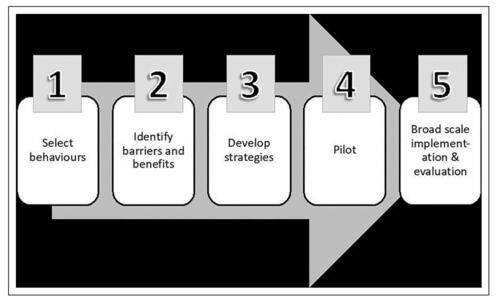
FIGURE 1: McKenzie-Mohr’s (2011) five-step framework for encouraging pro-environmental behaviors with community-based social marketing.
This study compared RHV assessment report contents and implementation with CBSM best practices. Reports were cross- referenced to residential surveys (n=23) and in-depth interviews (n=23) designed to identify what recommended features were implemented and the perceived barriers to implementation. Trends in survey and interview responses were identified through comparison of themes and demographic data.
Outcomes
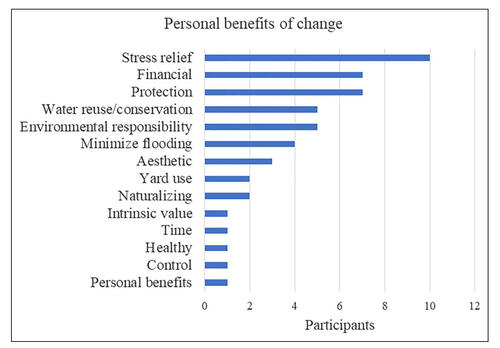
FIGURE 2: Personal benefits of change.
Participants were asked to consider what personal and homeowner benefits of better household-level stormwater management might be. The most frequently mentioned personal benefit was stress relief from flooding, followed by financial benefits and protection (Figure 2). The most common homeowner benefit noted was the ability to reuse/conserve water, followed by environmental responsibility, such as protecting their home from flooding (Figure 3).

FIGURE 3: Homeowner benefits of change.
When asked about barriers to individuals or homeowners to better manage stormwater on their property, cost, perceived lack of knowledge, and property-specific obstacles were the most common responses (Figure 4). Participants noted that funding, education, and examples of successful projects would have helped overcome these barriers.
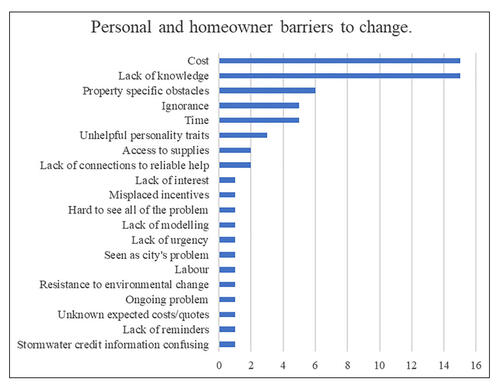
FIGURE 4: Personal and homeowner barriers to change.
Participants were asked to consider what the benefits of improved stormwater management would be from a community perspective, with the most common responses being financial, infrastructure and waterway protection (Figure 5). They were then asked what barriers existed for communities and municipalities to implement improved practices, with the costs associated with any improvement being cited most often, followed by a lack of public support and municipal conflicts over priorities (Figure 6). Participants cited increased education, communication of costs, appropriate incentives, clarification of savings/simplification of the municipal stormwater tax credit process, and increased community involvement as opportunities to overcome barriers.
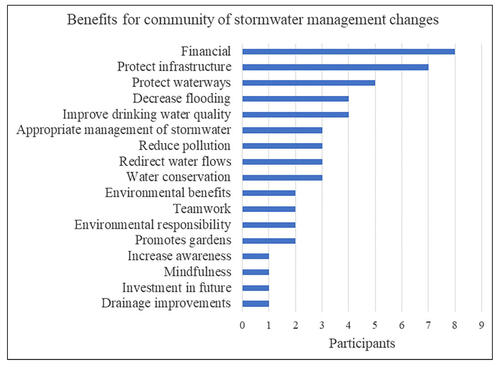
FIGURE 5: Benefits of stormwater management change for the community.
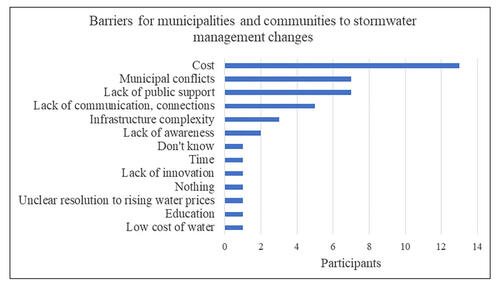
FIGURE 6: Barriers of stormwater management changes for municipalities.
In assessing the RHV program against the CBSM framework, it was noted that the program could have better explained and communicated desired behaviours as participants were often confused or unsure about how to implement report recommendations.
The benefits of the RHV program were not clear to all participants, with some feeling overwhelmed by the amount of information shared, while others felt it was not enough. A more effective approach would be to emphasize the benefits of participation for homeowners, then detail property- specific recommendations, thereby leaving participants that is less generic and more relevant to their property.
The CBSM framework identifies a number of tools that can be used in behavioural change programs, such as commitment, social norms, social diffusion, prompts, communication, incentives, and convenience. While some of these tools were used in the RHV program (e.g., commitment, social diffusion, communication, incentives), others were not (e.g., commitment, social norms) and should be considered in future iterations of the program. For example, although a stormwater tax credit exists in the study area, the application process and rebate amount acted as a disincentive to many. Public recognition and knowledge exchange tools could also be strengthened.
Conclusions
This study used the CBSM framework to assess how to potentially improve a current program in the Region of Waterloo, Ontario encouraging homeowners to adopt improved stormwater management practices at the property level. The research found that, while the program described preferred behaviours, more relevant and clear explanations were required. In addition, while financial credits are available, the incentive was not of sufficient value to effectively motivate homeowners to change behaviours. Key features of future iterations of the program include a formal public commitment or recognition system, and more systematic follow-up with homeowners.
Further research should consider risk perception impacts with CBSM, to determine how these can work together and, perhaps, which precedes the other. For example, some people may be more influenced to act by social norms, others by risk perception. This research suggests that both should be used together to best motivate and sustain pro-environmental behavioural change.
Contact
 Lauren Smith, School of Environment, Resources and Sustainability
Lauren Smith, School of Environment, Resources and Sustainability
 Sarah Wolfe, School of Environment, Resources and Sustainability
Sarah Wolfe, School of Environment, Resources and Sustainability

Smith, L.K.M., Lynes, J.K., Wolfe, S. E. (2019). Community-based social marketing–creating lasting, sustainable, environmental change: Case study of a household stormwater management program in the Region of Waterloo, Ontario. Social Marketing Quarterly. doi: 10.1177/1524500419883288
For more information about WaterResearch, contact Julie Grant.









